Born in Gironde, André Baud entered the Ecole des Beaux-Arts in Bourges in 1920, then the School of Applied Arts in Paris. Wishing to train in ceramics, he did an internship at Ferney-Voltaire. In 1935, he exhibited his first pieces at the Salon d'Automne, then worked in Normandy in an industrial ceramic factory. On the eve of the war, he was an industrial designer in Paris.
Very quickly, he left for Vallauris where he rented an old factory at 67 avenue Georges Clémenceau. And in 1942, he was commissioned with Suzanne Ramié by the Museum of Popular Arts and Traditions to organize the Vallaurian section during the Nice exhibition.
Like Suzanne Ramié, he began with pieces inspired by Provençal pottery traditions, then launched a production of fairly graphic pieces, often plain, white or black, or with an abstract or geometric decoration.
In 1952, he participated in the collective exhibition of the Maison de la pensee française.
IN 1954, he was at the Salon des métiers d'art.
IN 1964, alongside Alexandre Kostanda, he was at the Salon of free art.


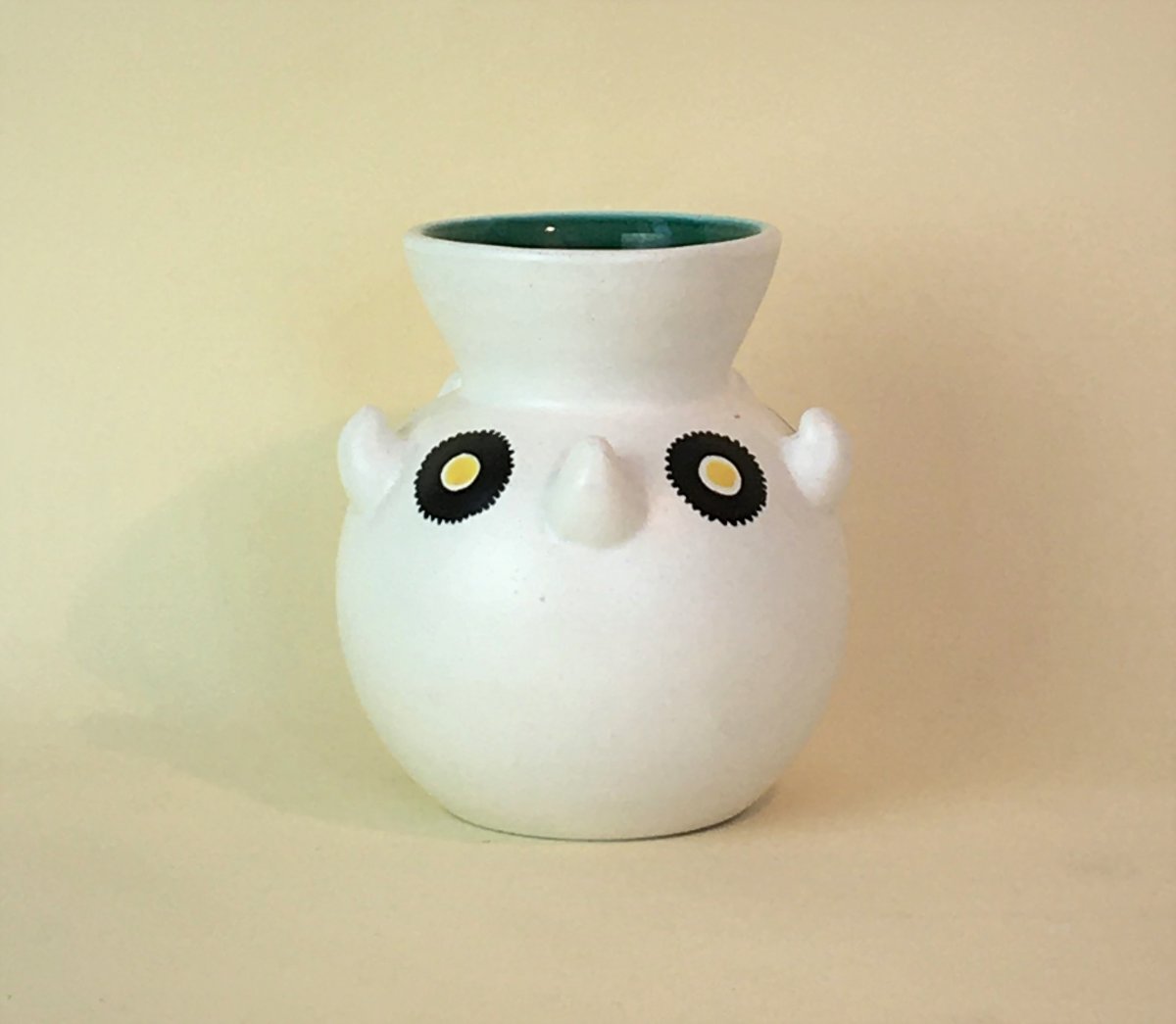

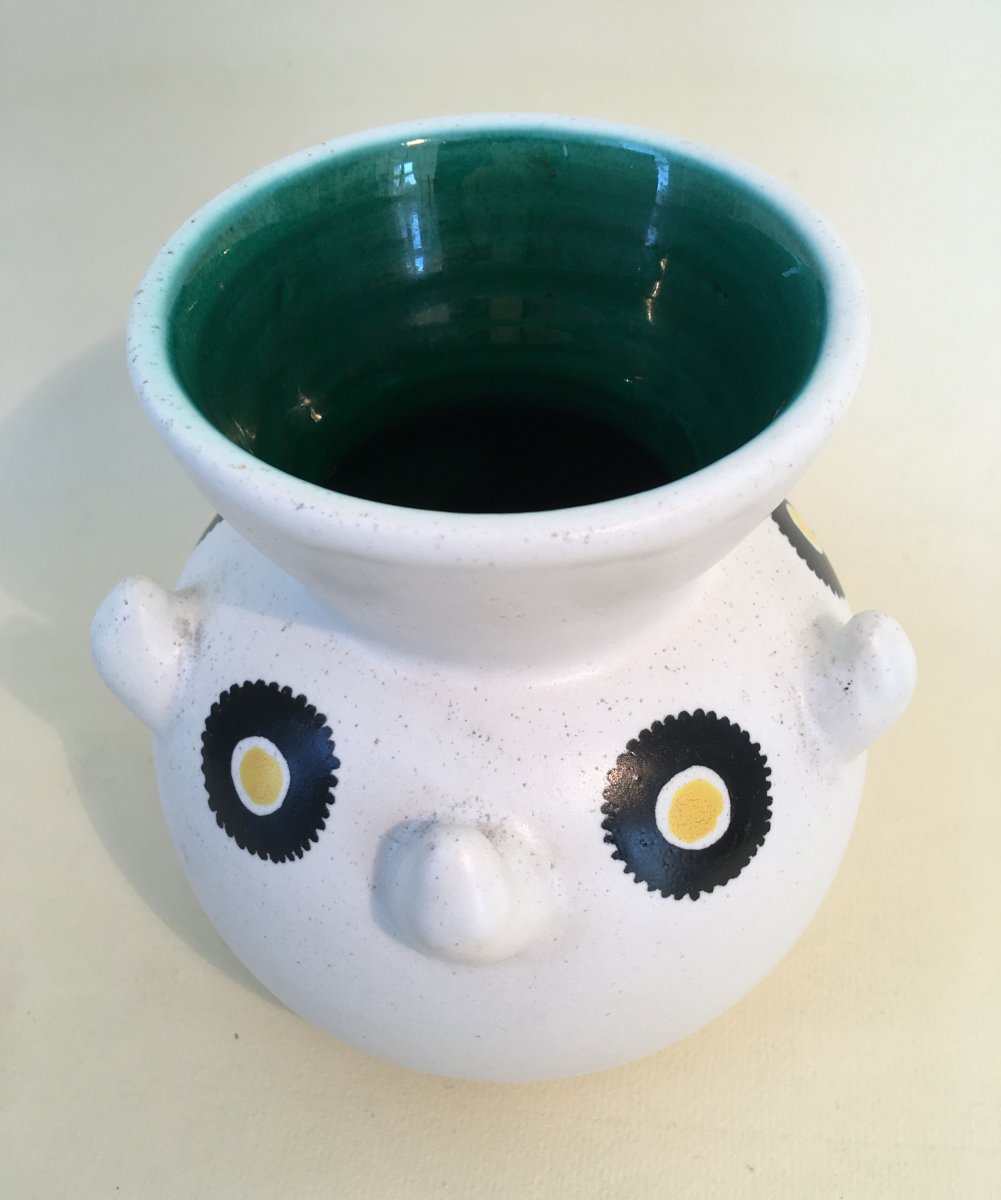
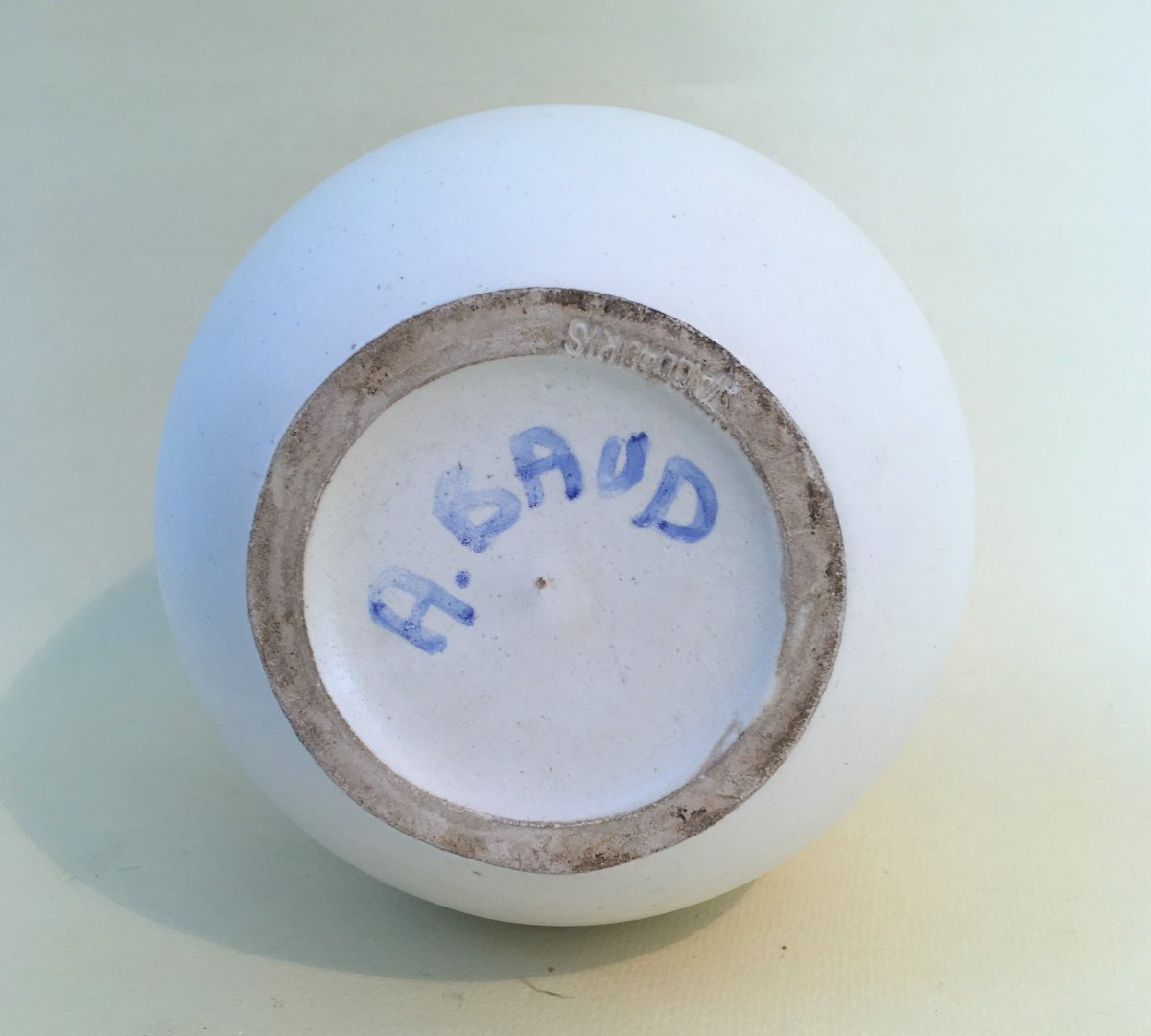

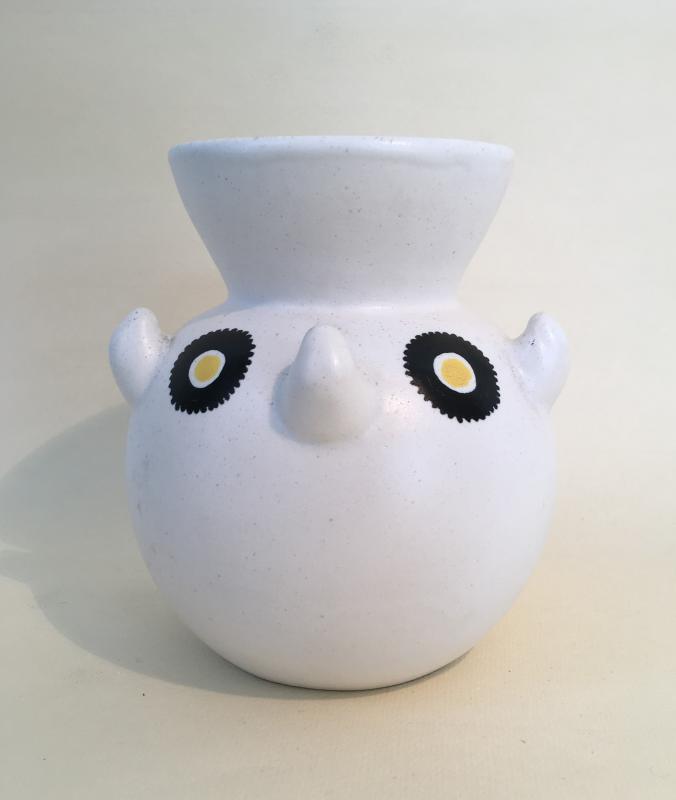



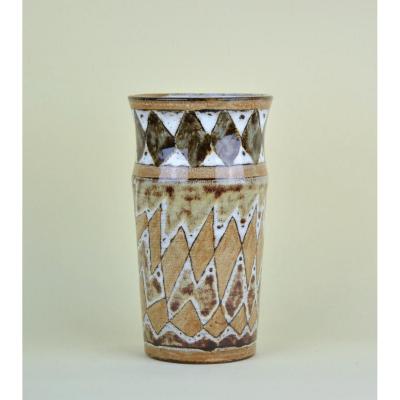
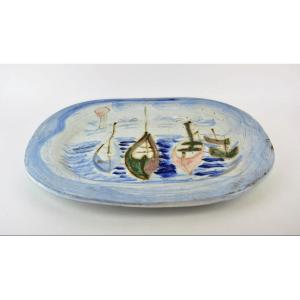

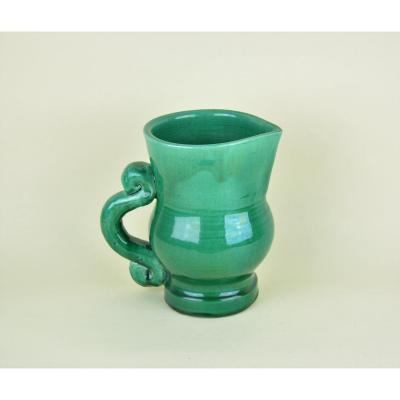
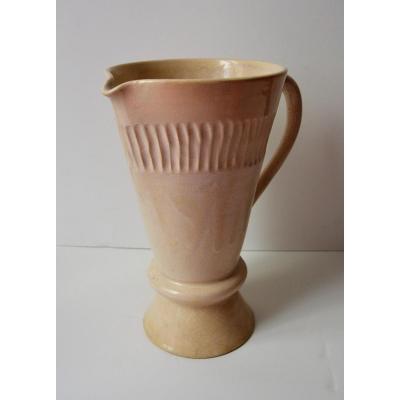
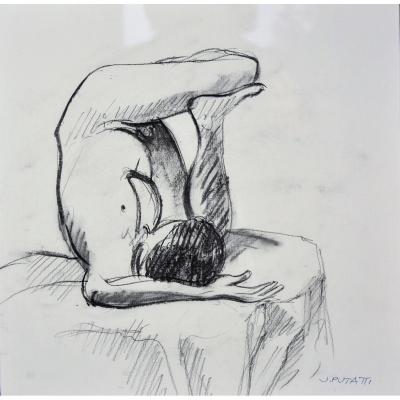
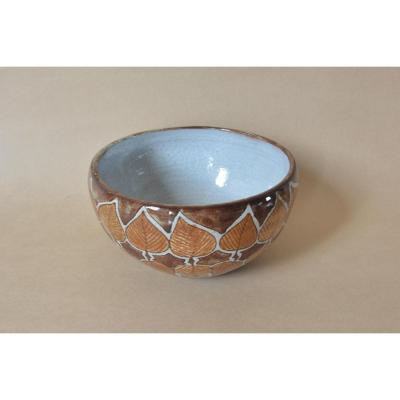

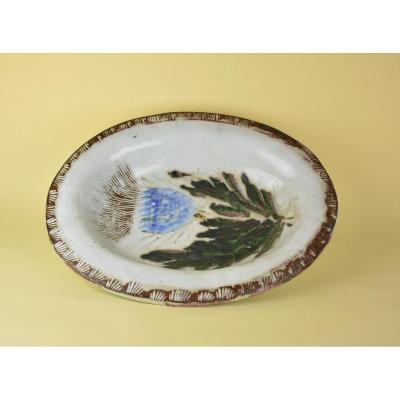

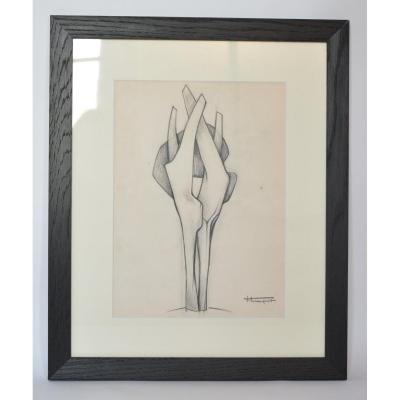
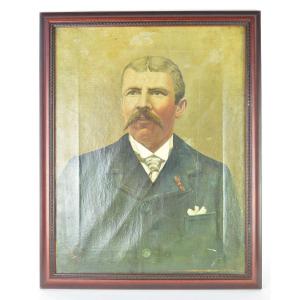

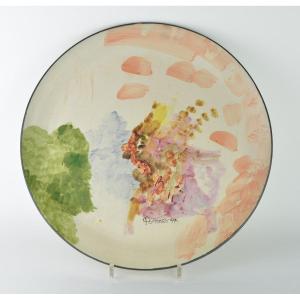
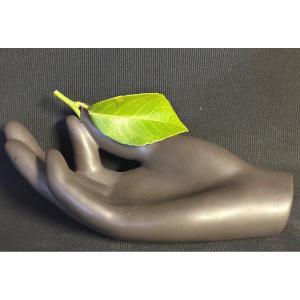

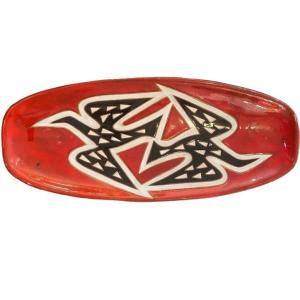





 Le Magazine de PROANTIC
Le Magazine de PROANTIC TRÉSORS Magazine
TRÉSORS Magazine Rivista Artiquariato
Rivista Artiquariato